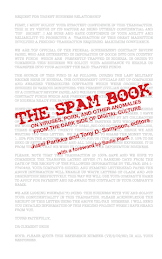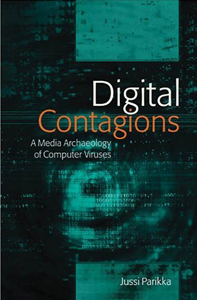Reading through Karen Barad’s Meeting the Universe Halfway is a rewarding but time-consuming event. A very durational event, at least for me. Summer is usually the time of metaphysics and other stuff that cannot be subsumed in the 1 hour slots one has between teaching etc. during term time; hence, I have ended often carrying Whitehead, Simondon and now Barad with me to the beach and other places more suitable for Ruth Rendell’s etc.
Writing the draft version of my text for Fibreculture Media Ecologies-issue and reading Barad at the same time produced this very short, but I think fascinating realisation; what Barad says about the apparatus in quantum theory and specifically Nils Bohr’s philosophy of quantum theory is actually something I try to touch in thinking through what media is in the text ( a certain kind of milieu theory of media). In short, Barad outlines Bohr’s stance how practices embody theories and more dynamically, how practices are specific practices in time that enact and differentiate theories in their work. In this context, Barad produces this six-part summary of what apparatuses are – especially in the context of physical measurements and laboratory work but something I would suggest you to read as media theory as well. In other words, replace in the text below quoted from Barad (Meeting the Universe Halfway, 2007, p. 146) every word “apparatus” with “media” – I find it a very good and material-dynamic way to understand the ontology of media technologies.
“1) apparatuses are specific material-discursive practices (they are not merely laboratory setups that embody human concepts and take measurements); 2) apparatuses produce differences that matter—they are boundary-making practices that are formative of matter and meaning, productive of, and part of, the phenomena produced; 3) apparatuses are material configurations/dynamic reconfigurings of the world; 4) apparatuses are themselves phenomena (constituted and dynamically reconstituted as part of the ongoing intra-activity of the world); 5) apparatuses have no intrinsic boundaries but are open-ended practices; and 6) apparatuses are not located in the world but are material configurations and reconfigurings of the world that re(con)figure spatiality and temporality as well as (the traditional notion of) dynamics (i.e. they do not exist as static structures, nor do they merely unfold or evolve in space and time).”
Of course, the full impact of this idea is hard to grasp outside the context of Barad’s intriguing book. And I am sure she would not mind my appropriation of her ideas to media theory as well; after all, she herself is reading quantum theory as offering the key challenges towards rethinking key notions of subjectivity, agency, causality, etc. in feminist cultural theory. (And anyway, reading laboratory apparatuses etc. in the context of media history has been done before anyway, from Jonathan Crary to Henning Schmidgen etc.)
This idea offers a fascinating “new apparatus theory” of media – that differs from what is usually referred to as apparatus approaches in film studies.








No comments:
Post a Comment